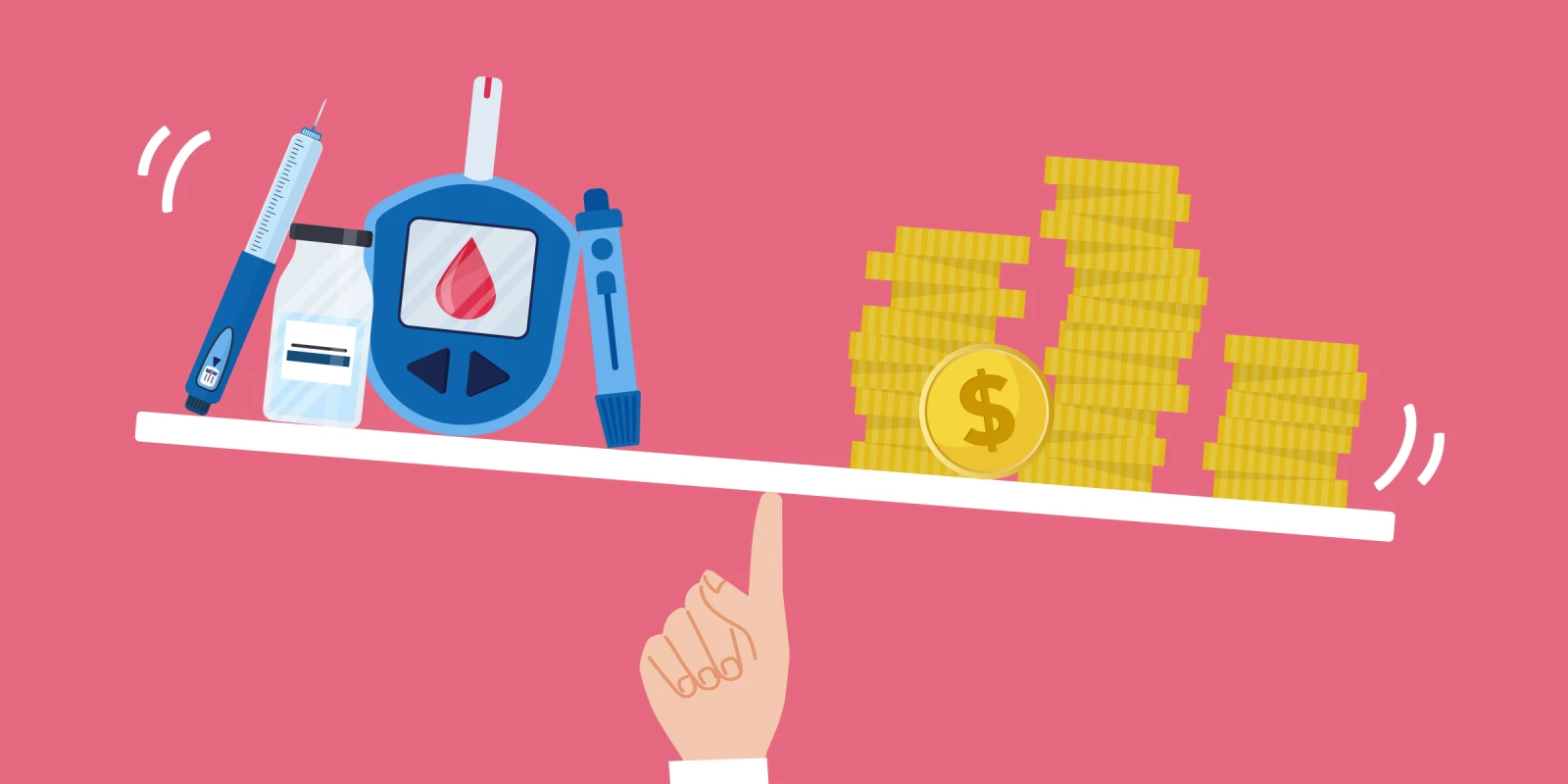I packed my belongings quickly, grabbed a cup of coffee with one hand and my phone with the other, and drove over to our local hospital. What was supposed to be just a regular study session seemed to be turning into a chaotic, sleepless night.
“The glucometer shows more than 600,” my friend’s girlfriend, a nurse, told me over the phone. Her voice trembled. “I am worried for him, Ricky.”
“I am on my way,” I told her and hung up.
I was not yet a physician, but from reviewing lecture notes about diabetes, I knew there was a laundry list of serious complications that would take over his life without the appropriate interventions.
“You need to take care of yourself,” the night attending warned my friend. “We’ll send you some information that will be useful going forward.”
We had no clue of the challenges that he was about to face. The only certainty was that his life was about to change. He was diagnosed with Type 1 diabetes that night and told he would need insulin to survive. If not, his life was on the line.
As the seventh leading cause of death in the U.S., diabetes affects the lives of more than 37 million Americans. Of that number, 5%-10% have Type 1, described as an autoimmune and unpreventable disease, while 90%-95% have the reversible Type 2. The long-term complications of diabetes range from blindness, kidney failure, and amputations to heart attacks and strokes.
Physical debilitations are not the only pieces of the puzzle. There was also the looming shadow of exorbitant medical costs awaiting my friend’s financial pocket. Insulin, for instance, costs an average of 800% more in the U.S. than in other developed countries.
“I pay around $350 for a 30-day supply,” my friend shared. “This is with my insurance spotting me some.” Excluding taxes, a person working a minimum wage rate of $15 an hour would have to work 23 hours solely to cover this cost.
My friend is not alone in this struggle. Some people cannot afford the high deductibles for their insurance, meaning that they must pay for their medications out-of-pocket before even a slight reduction kicks in. High deductibles and high drug prices further drown this vulnerable population.
So how can we, as clinicians, be good stewards of the diabetic patients we serve?
First, the simplest way we can contribute is by educating patients about diabetes and its complications. The Dutch philosopher Desiderius Erasmus emphasized that “prevention is better than cure.” With a third of our nation in the prediabetics phase, we should encourage patients to eat a balanced diet, maintain a healthy weight, and increase physical activity. There are also numerous diabetes prevention programs we can bring to the attention of our patients. Studies have shown that they can lower the risk of developing Type 2 diabetes by as much as 58%.
Second, we can push insurance and pharmaceutical companies to redefine their focus from merely maximizing profits for their shareholders to benefiting all stakeholders. A survey by Dr. Fred Ledley of Bentley University reported that “80% of respondents believe that pharmaceutical profits are a major factor contributing to unreasonable drug prices.” He and colleagues discovered that, from 2000-2018, the median earning of large pharmaceutical companies hovered around 13.8%, compared with 7.7% for companies in different industrial sectors. Our government can negotiate with pharmaceutical and insurance mammoths for more reasonable medication prices and insurance premiums.
Third, we can lobby for government programs to financially assist and incentivize patients with chronic diseases who adhere to prevention programs, medications, and treatment plans. Organizations such as the American Diabetes Association have catalyzed this movement, but more can be done for the working class, which is often left behind. So many people struggle to put food on the table for their families, leaving them in a financial crisis when a serious medical problem arises.
Whenever I go out with my friend to eat, I see him with his gray insulin bag. He has gotten used to bringing it everywhere and self-administering this life-saving medication. He takes out his insulin pen, cleans an area of his skin, injects himself, and then goes on about his day.
It has not been easy for him to adjust to this lifestyle. The prices of medication keep climbing with no end in sight. His health, while stable, has had its bumps, some steeper than others. He now has better insurance coverage, but a good portion of his paycheck still goes toward his medical bills.
Some say that health is real wealth. Without it, there is not much we can do. Unfortunately, some of us have to pay a higher price for it.
Share your thoughts on how clinicians can help improve care for patients with diabetes.
Ricardo Chujutalli graduated from Loma Linda School of Medicine, received his masters degree in Business Administration in Healthcare Management from La Sierra University, and is pursuing a masters degree in Bioethics.
Adrian Agudelo, MD, is a senior resident in the Emergency Residency Program at Riverside Community Hospital. He graduated from Loma Linda School of Medicine in 2019.
Collage by Diana Connolly / claudenakagawa / Svetolk / Getty






